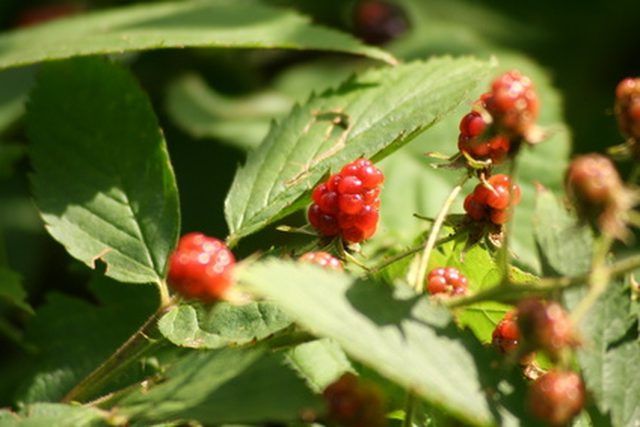Bulbs
Flower Basics
Flower Beds & Specialty Gardens
Flower Garden
Garden Furniture
Garden Gnomes
Garden Seeds
Garden Sheds
Garden Statues
Garden Tools & Supplies
Gardening Basics
Green & Organic
Groundcovers & Vines
Growing Annuals
Growing Basil
Growing Beans
Growing Berries
Growing Blueberries
Growing Cactus
Growing Corn
Growing Cotton
Growing Edibles
Growing Flowers
Growing Garlic
Growing Grapes
Growing Grass
Growing Herbs
Growing Jasmine
Growing Mint
Growing Mushrooms
Orchids
Growing Peanuts
Growing Perennials
Growing Plants
Growing Rosemary
Growing Roses
Growing Strawberries
Growing Sunflowers
Growing Thyme
Growing Tomatoes
Growing Tulips
Growing Vegetables
Herb Basics
Herb Garden
Indoor Growing
Landscaping Basics
Landscaping Patios
Landscaping Plants
Landscaping Shrubs
Landscaping Trees
Landscaping Walks & Pathways
Lawn Basics
Lawn Maintenance
Lawn Mowers
Lawn Ornaments
Lawn Planting
Lawn Tools
Outdoor Growing
Overall Landscape Planning
Pests, Weeds & Problems
Plant Basics
Rock Garden
Rose Garden
Shrubs
Soil
Specialty Gardens
Trees
Vegetable Garden
Yard Maintenance
How to Prune Raspberry Canes
How to Prune Raspberry Canes. How you prune raspberry canes depends upon the variety you grow. Black and purple raspberry varieties require canes that grow lateral stems (called branched canes) for berry production. Red raspberry varieties require longer canes that produce greater fruit yields. Regardless of the raspberry variety, prune your...

How you prune raspberry canes depends upon the variety you grow. Black and purple raspberry varieties require canes that grow lateral stems (called branched canes) for berry production. Red raspberry varieties require longer canes that produce greater fruit yields. Regardless of the raspberry variety, prune your raspberries every growing season to encourage healthy growth and prolific raspberry harvests throughout the growing season.
Things You'll Need
Gardening gloves
Hand pruning shears
Lopping pruning shears
Prune Black and Purple Raspberries
Cut back all small canes from each clump in very early spring. Leave up to five of the largest canes on every raspberry plant. Cut the lateral branches from these canes so they are 12 inches long for black raspberry plants and 18 inches long for purple raspberry plants.
Remove the top 4 inches from the shoots when the canes reach between 3 and 4 feet tall (usually occurs in mid-spring). Topping off the canes to create branched canes will encourage lateral growth and you will yield a greater berry harvest. Because the canes will reach the topping-off height at varying times, go through the canes to top them off every week during May and June to ensure you top off all canes.
Cut all canes that fruited off at just above soil level immediately after the canes stop producing. This will ensure that bacteria do not develop among your raspberry canes.
Prune Red Raspberries
Cut back all small canes from each clump in very early spring. Leave the largest canes to continue to grow. If you are growing summer-bearing raspberries, this should result in raspberry canes growing approximately 6 inches apart. If you are growing fall-bearing raspberries (two crops), your raspberry plants should fill a row that is between 1 and 2 feet wide (the canes will not be evenly spaced).
Remove the tips from the canes to remove any diseased or injured areas--2 to 3 inches total. Not only will this remove the diseased portions of the plants, but it will also encourage lateral growth.
Cut all canes that fruited off at just above soil level immediately after the canes stop producing. Summer-bearing raspberries will be finished producing for the growing season. Fall-bearing raspberries will produce a second harvest at the end of the summer on the canes that remain.
Tips & Warnings
Wear gardening gloves to protect your hands from thorns.